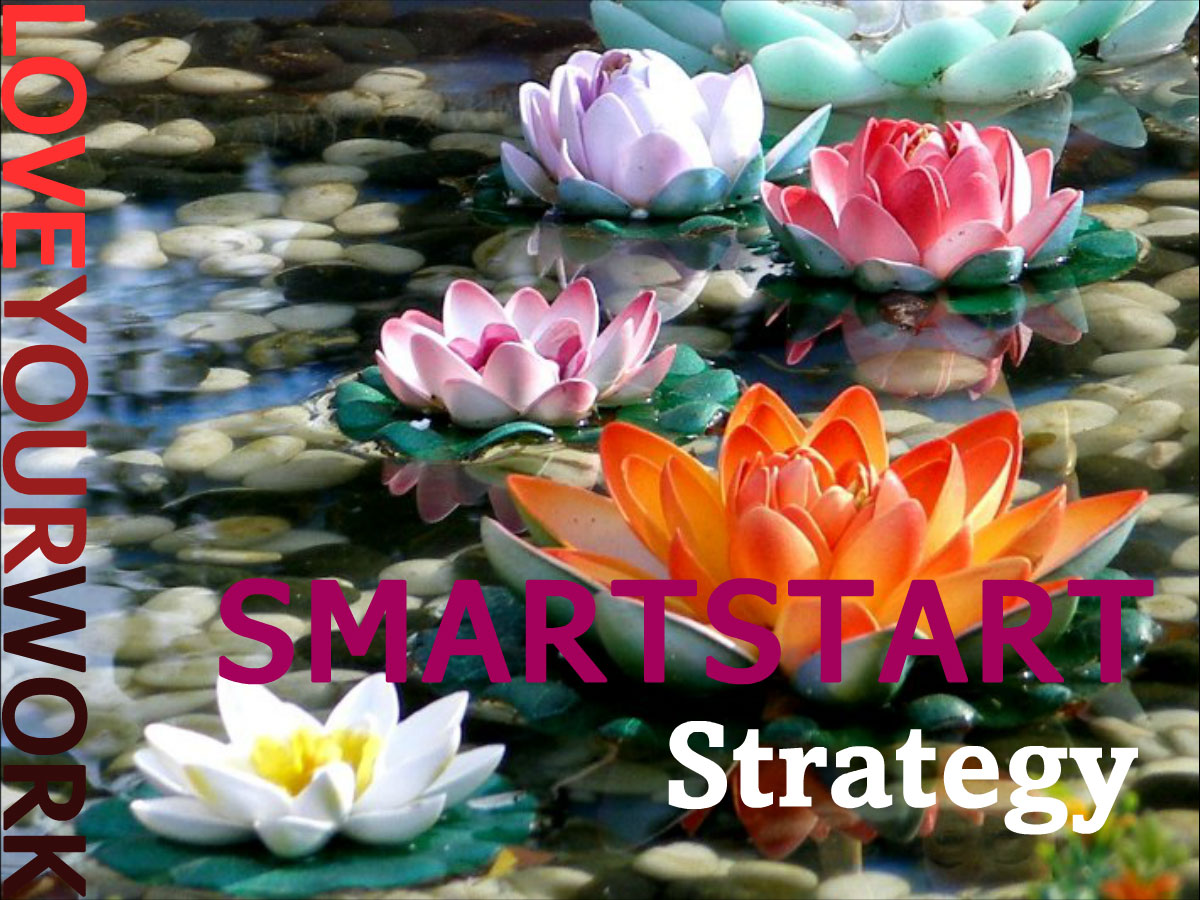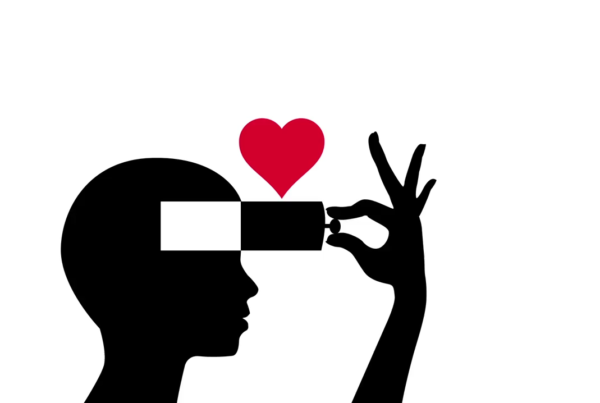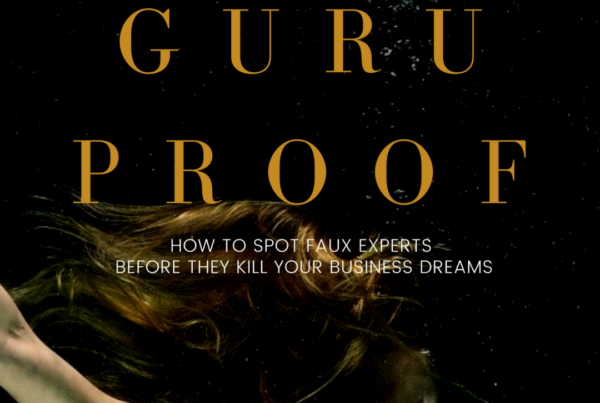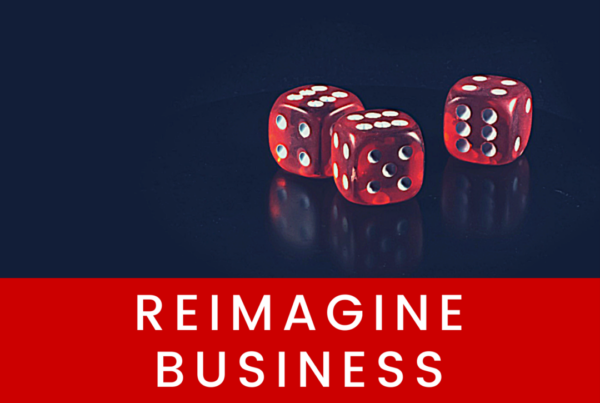
You cannot be really first-rate at your work if your work is all you are. ~Anna Quindlen
Every business faces the challenge of attracting and connecting with customers. One of the best ways to capture their attention is to share your story and tap into its irresistible power. Effective storytelling is a strategic business tool you can use to help forge human connections and form strong emotional bonds with your market.
People are attracted to stories because we are hard-wired to be social. The more relatable you are, the easier it is to touch the hearts and minds of your target audience in a meaningful way.
Storytelling has been in existence as long as mankind. It’s execution and delivery may have changed over the years with the advances in technology, but its dramatic structure is as old as Aristotle. Freytag’s Pyramid, for example, is a simple structure that has been used by many great storytellers (not just Shakespeare) for thousands of years.
Freytag’s Pyramid
You may have learned about it in school but likely have not thought about how you might put it to work in your business. For a quick reminder of how it plays out, see the illustration below:

Image credit: http://vectoringamedevia.wordpress.com/
The usefulness of Freytag’s Pyramid is not limited to ancient Greek and Shakespearean drama. It also works for copy used in ads and sales letters and can be incorporated into many of your other marketing communications and presentations to great effect too.
Why does it work so well, you ask?
I wasn’t sure myself. Fortunately, Harrison Monarth wrote about it earlier this year for Harvard Business Review and I found the explanation fascinating. He was discussing why Budweiser’s Superbowl ad featuring the Clydesdale horses worked so well and said:
“Storytelling evokes a strong neurological response. Neuroeconomist Paul Zak’s research indicates that our brains produce the stress hormone cortisol during the tense moments in a story, which allows us to focus, while the cute factor of the animals releases oxytocin, the feel-good chemical that promotes connection and empathy. Other neurological research tells us that a happy ending to a story triggers the limbic system, our brain’s reward center, to release dopamine which makes us feel more hopeful and optimistic.”
Interesting, isn’t it? But advertisers and copywriters aren’t the only ones who can capitalize on this strategy. You can too.
The hidden power of storytelling
Harrison brought the point home with this compelling example that proves the hidden power of storytelling.
“Seeking compensation for a client who had lost both arms in an accident, trial lawyer Moe Levine surprised the court and jury, who were accustomed to long closing arguments, by painting a brief and emotionally devastating picture instead:
As you know, about an hour ago we broke for lunch. I saw the bailiff come and take you all as a group to have lunch in the jury room. Then I saw the defense attorney, Mr. Horowitz. He and his client decided to go to lunch together. The judge and court clerk went to lunch. So, I turned to my client, Harold, and said “Why don’t you and I go to lunch together?” We went across the street to that little restaurant and had lunch. (Significant pause.) Ladies and gentlemen, I just had lunch with my client. He has no arms. He has to eat like a dog. Thank you very much.
Levine reportedly won one of the largest settlements in the history of the state of New York.”
Just seven words (“He has to eat like a dog”) were needed to tell the story of how Levine’s client had been stripped of his humanity by the injuries he suffered. A lengthier argument wouldn’t have made such a dramatic impact.
That’s the power effective storytelling can have. Data are objective and may be compelling enough to persuade people but they are not enough to inspire them to take action. So start working on honing your storytelling skills. You will reap benefits unattainable in any other way and see them on your bottom line.



